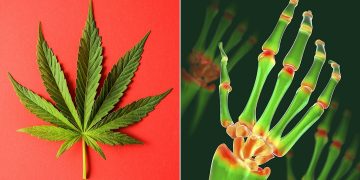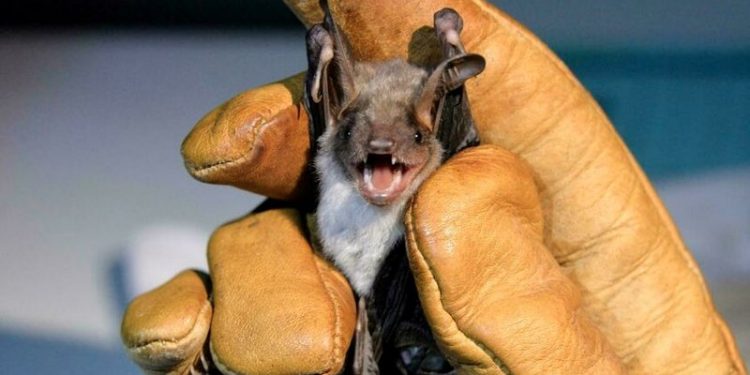Since SARS-CoV-2, the infection that causes COVID-19, was first identified in Wuhan, China, in December 2019, there have been worldwide endeavors to decide its beginnings.
As the pandemic was suspected to begin in Wuhan, numerous endeavors have zeroed in on China, with the suspicion that, as the infection was first recognized there, it presumably began there.
Presently, two papers under survey by the diary Nature and distributed as preprints are giving occasion to feel qualms about some of these suppositions and show that to find the starting points of the infection, scientists might need to look farther away from home.
Tainting human cells
One reason SARS-CoV-2 is so irresistible is an area on its spike protein that gives it its capacity to tie to a receptor present on the outer layer of numerous human cells called ACE2.
In a paper submitted to Nature, specialists from the Pasteur Institute in Paris, France, and from Laos have now revealed finding infections with receptor restricting areas basically the same as those found on SARS-CoV-2 in cave bats in North Laos.
The specialists took blood, spit, butt-centric dung, and pee tests from 645 bats from 46 distinct species found in limestone collapses in North Laos, which is near the Southwest China line.
They found three separate infection strains in three distinct types of Rhinolophus bat, normally known as horseshoe bat. RNA sequencing uncovered that these infections were more than 95% indistinguishable from SARS-CoV-2, and one, the nearest infection to SARS-CoV-2 observed to be up until this point, was 96.8% comparable.
Further analyses showed that the receptor restricting space of the infections had a high fondness for human ACE2 receptors. This was tantamount to the liking of SARS-CoV-2 strains that researchers found toward the start of the pandemic, recommending these infections could taint people straightforwardly.
Last year, researchers recognized a comparative infection in Yunnan, in Southwest China. It was 96.1% like SARS-CoV-2, which means the current paper portrays the nearest infection recognized at this point.
Prof. Edward Holmes from the University of Sydney, Australia, who has concentrated on the development and spread of SARS-CoV-2, however, was not associated with this exploration, told Medical News Today the paper was “truly critical.”
“As I would see it, these infections will not simply be found in bats and pangolins. The environment doesn’t care for that. I presume that they will likewise be found in other mammalian species however have not yet been tested,” Prof. Holmes said.
Not the ‘China infection are all things considered?
Further uncertainty was projected with the understanding that the infection answerable for the COVID-19 pandemic started in Wuhan with one more preprint submitted to Nature.
A review by a group from the Chinese Academy of Medical Sciences and Peking Union Medical College in Beijing has proposed that SARS-CoV-2-related infections are “incredibly uncommon” in bats in China, in the wake of taking nose and butt-centric swabs from more than 13,000 bats somewhere in the range of 2016 and 2021 at 703 areas the nation over.
The paper likewise showed that SARS-CoV-2 was imperceptible in examples taken from Wuhan Huanan Market, 40 days after the conclusion of the market, which was because of fears that the underlying disease occasion had happened there.
Creators presume that further exploration ought to be done south and southwest of China to decide if the SARS-CoV-2 infection started there.
Discovering the beginnings of SARS-CoV-2
One reason it has been so difficult to set up where the Covid started is viral genomes that change through a cycle called recombination, instead of simply through transformations. Viral recombination happens when two unique strains contaminate a similar host cell.
As they duplicate in a similar cell, they can connect, and the infection offspring they produce can have a few qualities from the two guardians. This can make it difficult to work out the genealogy of that infection.
“Recombination is by all accounts significant for how these infections develop by and large,” Spyros Lytras, a developmental virologist from the University of Glasgow in the United Kingdom, told MNT.
“In this way, basically we are saying these infections switch pieces of their genome constantly, and the new infections from Laos truly feature that. Despite the fact that [these viruses] are found in a similar spot, a similar cavern basically, they all have various pieces of their genome that have various blends of recombinant parts.”























































Discussion about this post